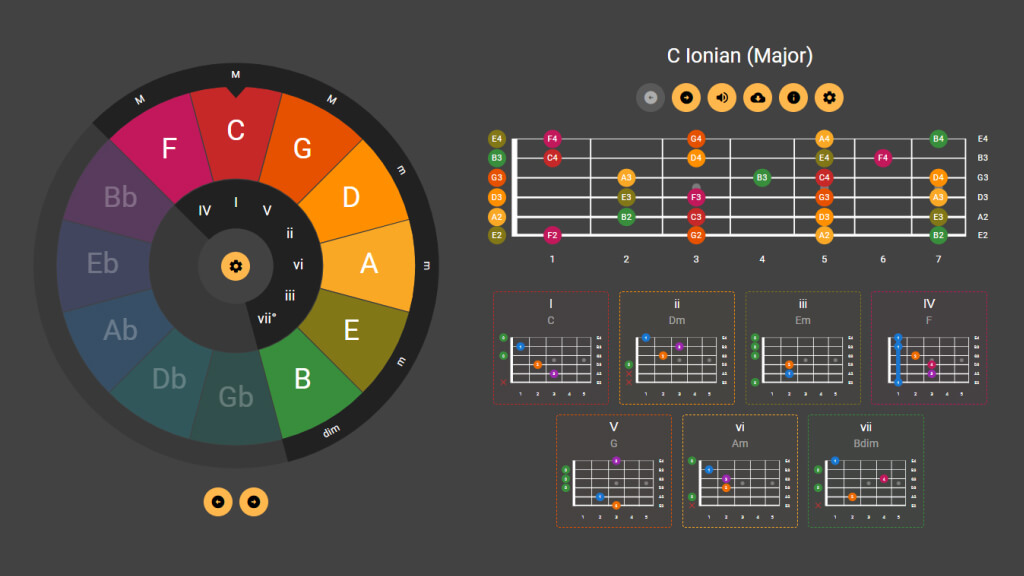Formula and Structure of the G5 Chord
Interval formula from the root note: 1 — 5. The chord consists of the following notes:
- G — unison and the main tonal anchor.
- D — perfect fifth, stabilizing the triad and adding tonal grounding.
Together, these notes form the harmonic foundation of the G5 chord, defining its sound and role in the musical context.
Alternative Names for the G5 Chord
There are no alternative names for this chord.
Using the G5 Chord
Double the fifth at the octave for power. Experiment with bass movement while keeping the top fixed — this creates a tight, unified riff. In fast rhythms and with distortion, you can slightly mute the fifth with the picking hand for attack.
Conclusion
G5 is an expressive and versatile chord. Learn several fingerings, experiment with different positions and voice spacing, then try weaving it into your own playing — this will help you quickly find your unique tone.













